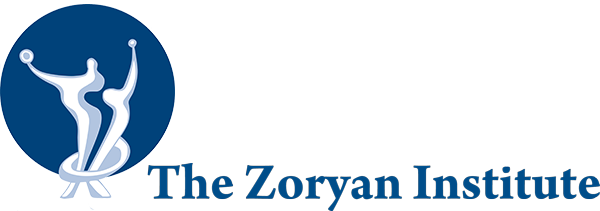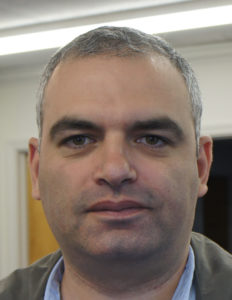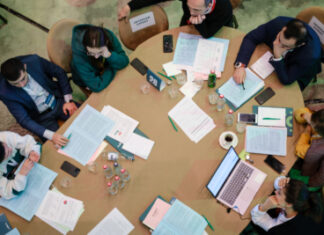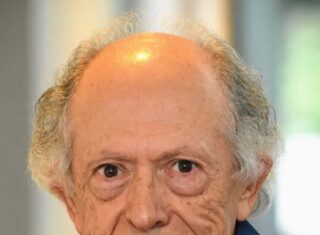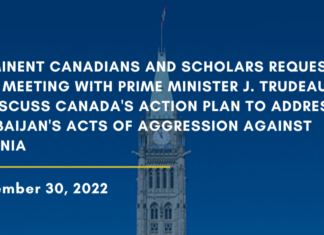By Aram Arkun
Mirror-Spectator Staff
WATERTOWN — Dr. Hayk Demoyan, director since 2006 of the Armenian Genocide Museum-Institute of the National Academy of Sciences of the Republic of Armenia, the only major museum dedicated primarily to the Armenian Genocide in the world, recently visited Massachusetts to speak about the latest activities of the museum, especially in light of the centennial commemorations.
Demoyan has been deeply involved with the commemorations not only in his capacity as the museum director but also as secretary of the coordinating commission created by the government of Armenia in 2011 to promote the commemoration of the centennial of the Armenian Genocide.
Demoyan stated that the state commission to commemorate the centennial is unique because nearly all Armenian organizations throughout the diaspora were included. Demoyan noted that through this body, “we had dialogue. Each community had its ties with the Armenian state commission, not as a subordinate but in a collaborative manner.” Consequently, he worked on many occasions with different committees in different countries, with the cooperation of the Armenian Ministry of the Diaspora and a network was created. Demoyan assessed its work as successful, with the organization of high quality events and exhibitions.
The Yerevan Genocide Museum alone had temporary exhibits shown in more than 50 cities. Two halls of the Paris mayoralty presented Armenian Genocide materials in the heart of Europe, with the mayor present at the opening and the exhibit continuing for 1 ½ months. The Los Angeles Skirball Cultural Center exhibited the first pages of contemporary international newspapers containing articles with visual material about the Genocide, while a huge Russian exhibition took place in one of the world’s largest war museums. Catalogues of the various exhibitions were published in many local languages.
